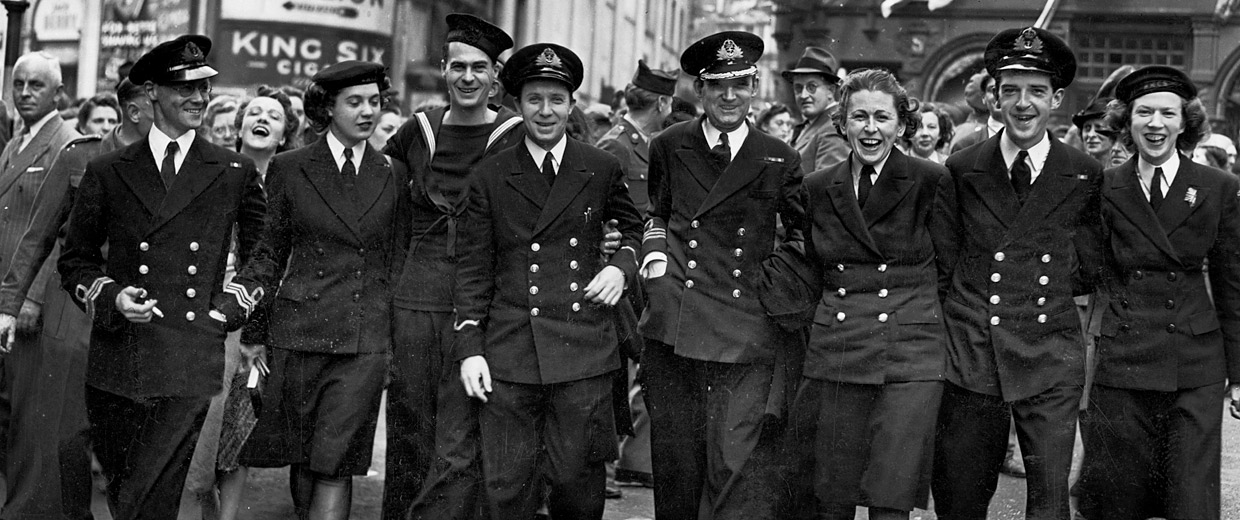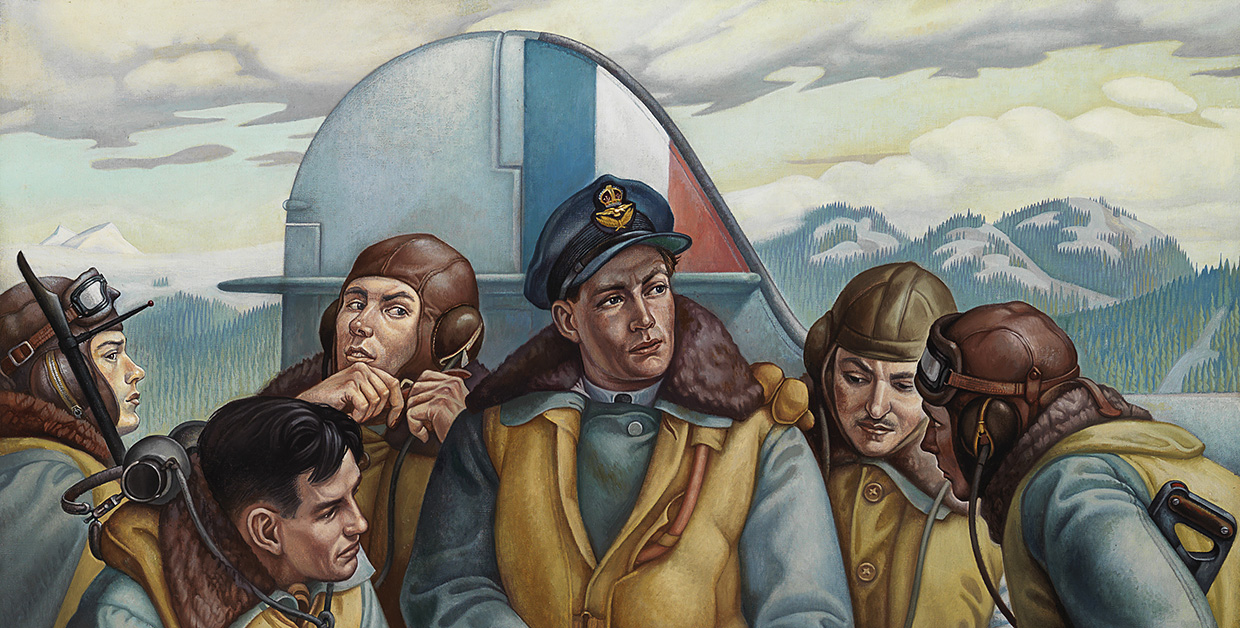Filter by:

Publications,
Behind the scenes
Architecture and meaning at the Canadian War Museum
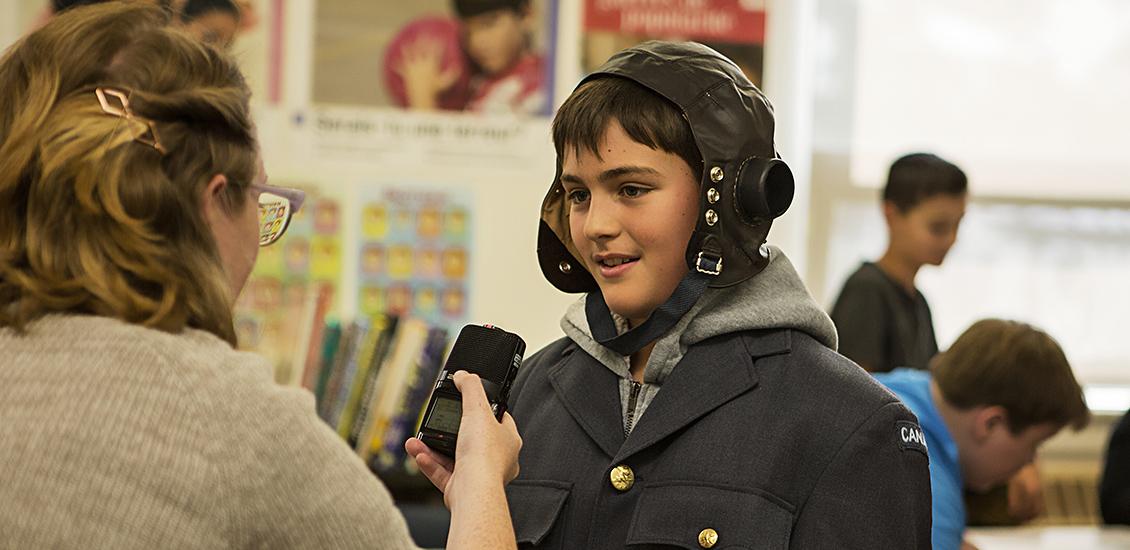
Kudos!,
Second World War
Supply Line SOS
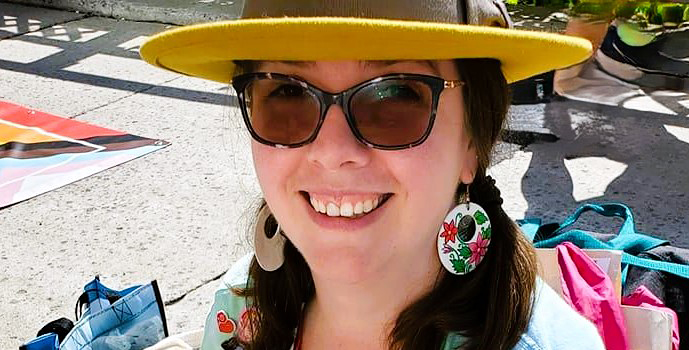
Kudos!,
Behind the scenes
In Conversation With Ashlee Beattie
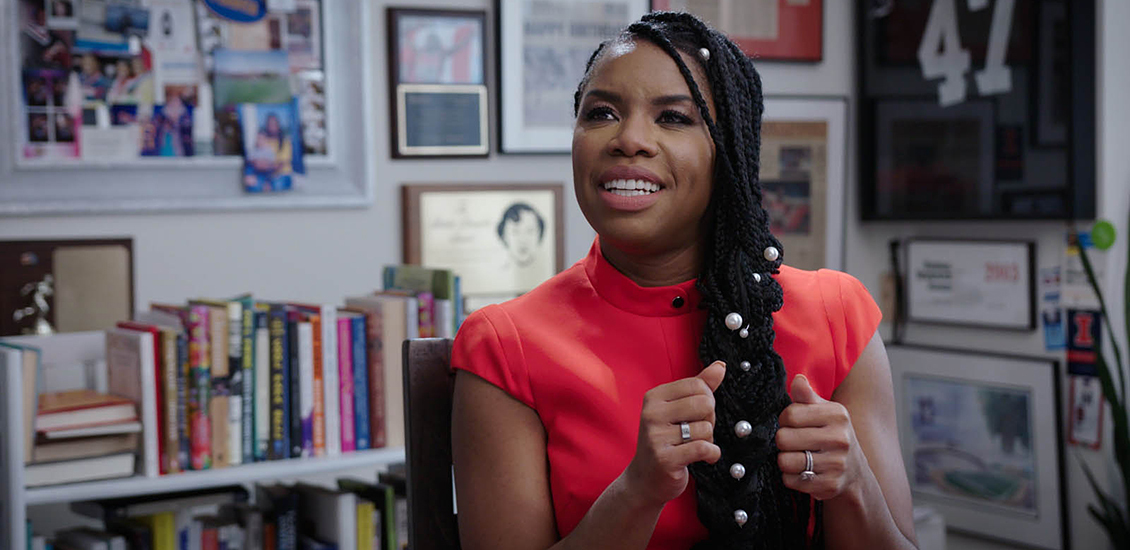
Kudos!
Discover the Voices Shaping Canada’s History
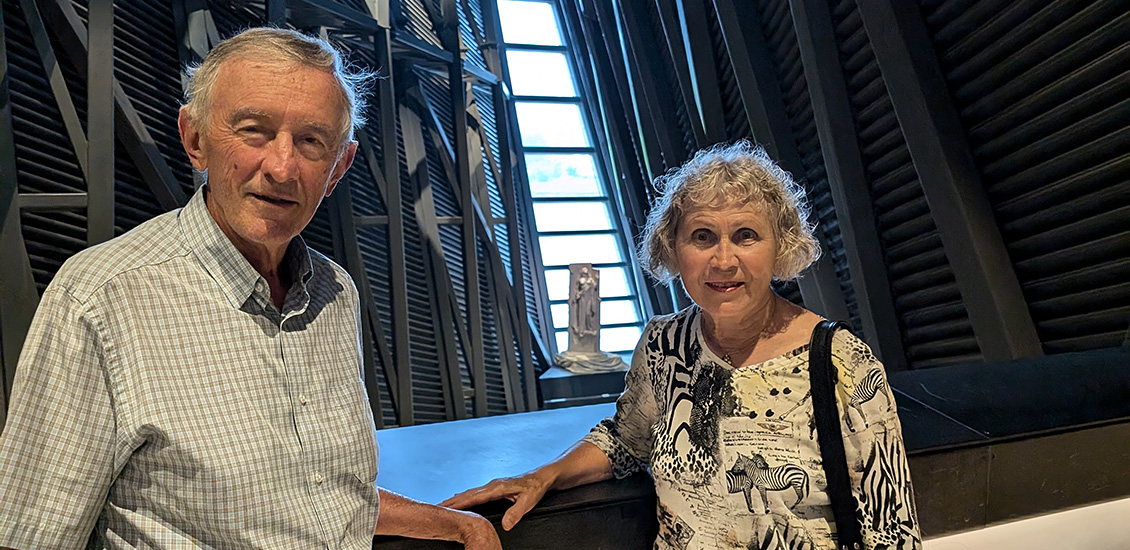
Kudos!
Double Support, From Members to Donors: Jim and Christine Bonta
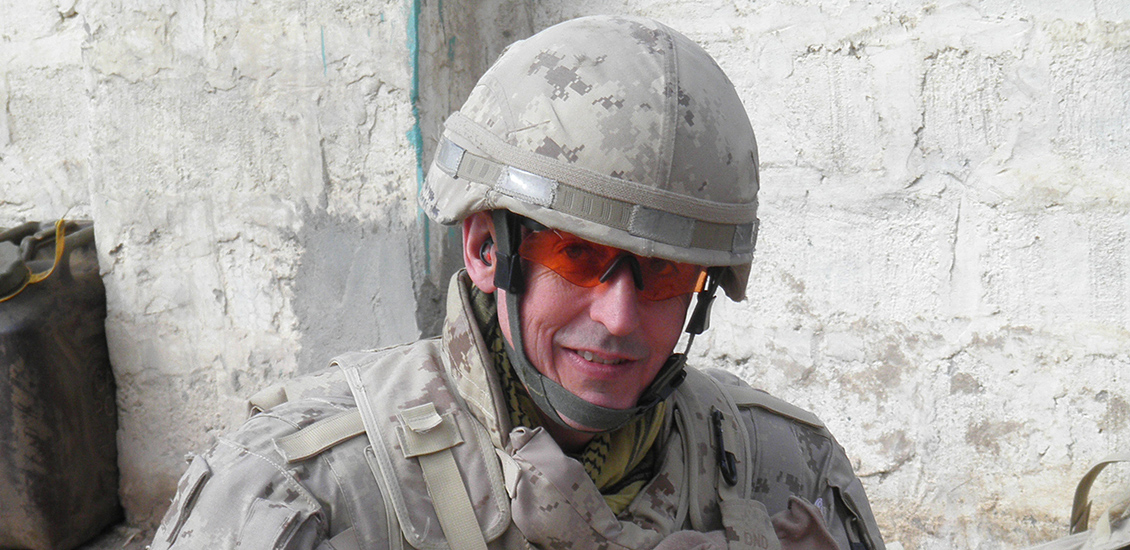
Kudos!,
Our research
Lives Shaped by Service
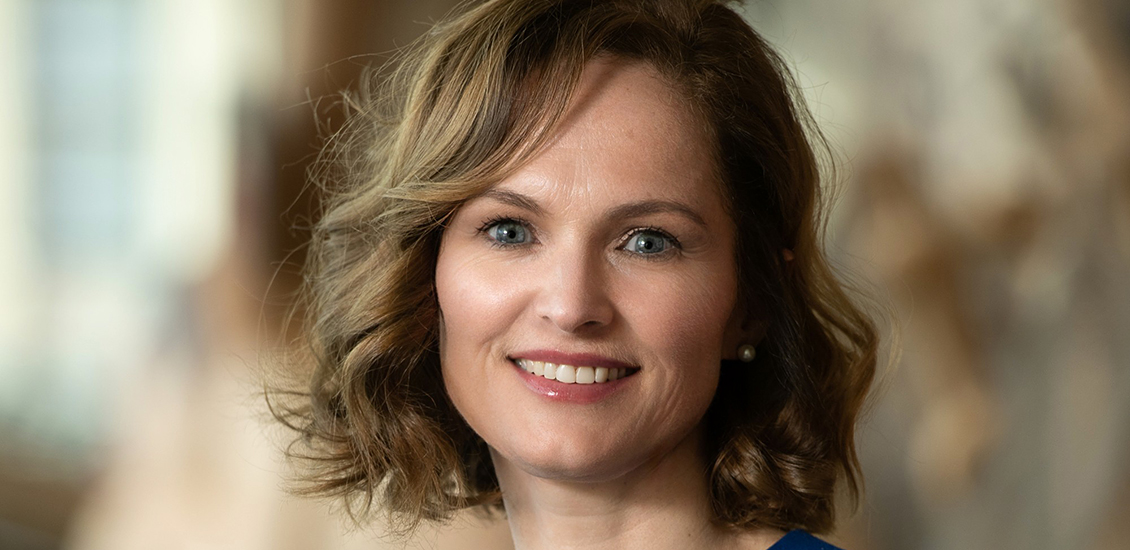
Kudos!
CEO Corner – The impact of your support
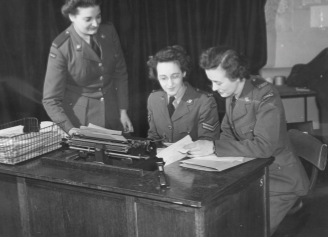
Dispatches,
Second World War
The Canadian Women’s Army Corps, 1941–1946

In Conversation With Glenn Ogden, Director, Exhibitions, Canadian War Museum
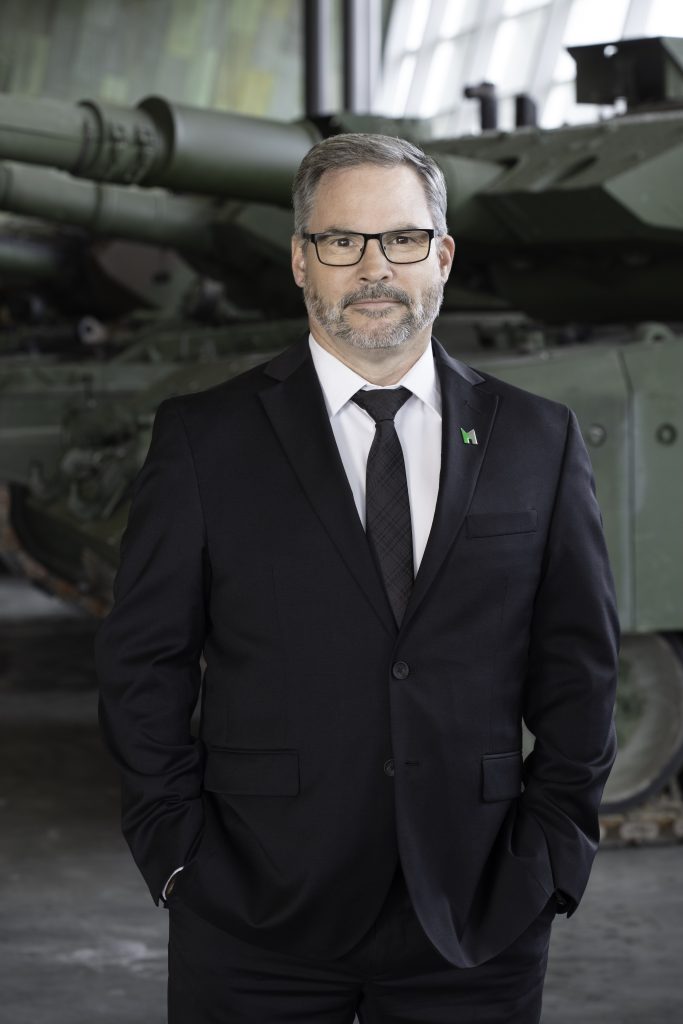
Kudos!
Iron Will: Vehicles from the Canadian War Museum
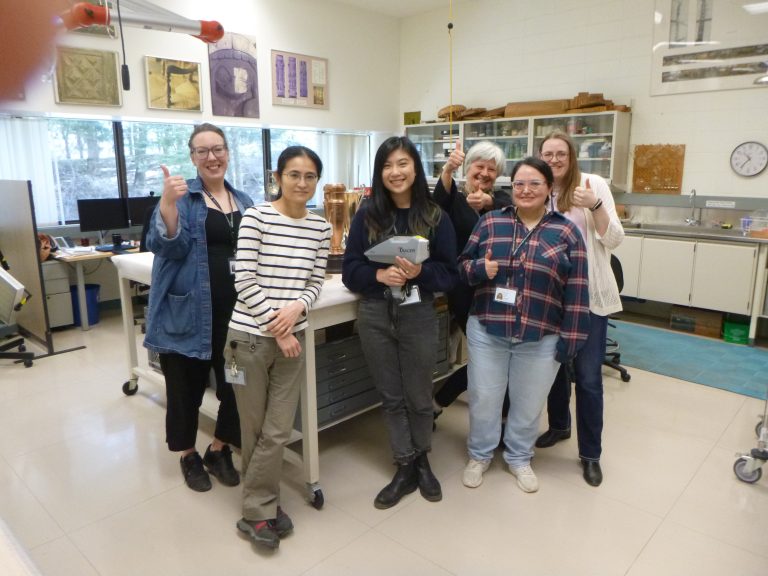
Kudos!
You did it! Thank you!

Kudos!
